For the last couple years there has been a tremendous propaganda campaign in India that western breeds of cows (such as Jersey cows) are not actually cows. It has come to the point that many Indians actually believe Jersey cows are a species of pig or a cross between a pig and a buffalo. As ridiculous as it sounds (and unscientific) if you search in google you will find dozens of questions of Indians asking if the Jersey cow is a pig.
If it was limited to these people being fools, I could just ignore it, but now it has taken a serious turn with Indian politicians such as Subramanian Swamy of the BJP repeatedly stating Western cows can be killed because they aren’t actually cows. In fact he has even made this statement at an ISKCON conference on cow protection. When the situation becomes so bad that we hear people justifying the killing of western cows at an ISKCON program which is meant to be promoting cow protection it has crossed a line and devotees must stand up and speak.
It is no longer just a matter of fools sitting in their ignorance, they are now working to legislate this as a law. Subramanian Swamy has been trying to push a law in India that is supposed to be for “cow protection”, but which defines cows as only referring to Bos Indicus (the Indian breeds of cows) and not western cows. It is an obvious case of subversion, where he pretends to be supporting cow protection, but in reality he narrows the definition of cow so small that it opens up the gates to kill the vast majority of cows in India legally.
With this backdrop, and seeing no ISKCON leader is speaking up against this with the exception of Bhakti Vikasa Swami, I am writing this article.
This ignorance has been fueled by a post from a member of ISKCON’s shastric advisory council. Though he is very intelligent and a nice devotee, it appears out of excessive devotional sentiment for the Indian cow, he has ended up misrepresenting things, and now his words are quoted as the shastric proof that western cows are not real cows, but some other species referred to as gavaya. We must remember, the end result of all of this, though unintentional, is the justification to kill western cows as they are not “sacred and holy cows” but some other species which doesn’t need to be protected.
The devotee states:
“One should also carefully note the technical terms used in sastra. When we say ‘go-seva’ we should know what the exact definition of the term ‘go’ is. According to Patañjali’s Mahabhashya (paspasahnika), a ‘go’ is defined as follows: sAsna-lAngUla-kakuda-khura-vishani — ‘Go’ has dewlap (sAsnA), a long tail (lAngUla), a prominent hump (kakuda), hoofs (khura) and horns (vishAni). What about those living entities who look like ‘go’ but do not have all the features? According to sastra, they are to be referred to using the term ‘gavaya’. Srila Jiva Goswami in his sarva-samvAdinI commentary to Tattva-sandarbha has said — go-sadrisho gavayah — What appears similar to ‘go’ (but does not have all characteristics) is known as gavaya.”
There are two parts to his claim, one is a quotation allegedly from Jiva Goswami and one is from Patanjali. I will show that both of these references are not accurate, are not even defining cows, and are not translated correctly.
Does Jiva Goswami Define Either the Indian Cow or Western Cow?
First let us look at the statement of Jiva Goswami: go-sadrisho gavayah
It is simply three words, and the meaning is “Forest Bison is similar to cow.” That is all that is said, but this translator has reformed the sentence into a definition by adding “What appears similar…” and then adding the following which also does not exist in the Sanskrit “(but does not have all characteristics) is known as”. It does not say that at all. It simply is a declaration that “forest bison is similar to cow”. This is in no way a definition, it is not saying a cow is defined as such, or a forest bison is defined as such, it is simply stating the two are similar.
Now what is the source of this fragmental quotation spanning just three single words? Why is Jiva Goswami saying this odd sentence? And why is the translator only quoting these three words alone and not the whole shloka or context?
When you check the original it has nothing to do with cows. It is an explanation of systems of logic, and Jiva Goswami is quoting past schools of logic and how they define upamana-pramana, or analogies. The same sentence occurs in half a dozen books on logic.
The full reference from Tattva Sandarbha is as follows:
(tarka-sangraha) agnyadi-jnanam
anumitih, tat-karanam dhumadi-jnanam | apta-vakyam shabdah | upamiti-karanam upamanam go-sadrisho gavaya ity adau | samjnasamjni-sambandha-jnanam upamitih
tat-karanam sadrishya-jnanam |
“There are eight proofs starting with sense perception. Sense perception or pratyaksa means using senses like the eye to contact an object. Anumiti-karanam anumanam: inference or anumana is the instrument of inferential cognition. For instance one infers fire from knoweldge of smoke, the cause. Sabda means trusted testimony. Upamiti-karanam upamanam: upamana is knowledge gained through observation of similarity. “A gavaya is like a cow.” Samjnasamjni-sambandha-jnanam upamitih: upamiti means knowledge of the relationship between a name and an object. (All the above quotations are from Tarka-sangraha.) The instrument (karanam) is knowledge of similarity.” (Bhanu Swami’s translation)
Jiva Goswami is quoting a rule of logic from Tarka Sangraha. Let us go look there for further clarity on what is being discussed:
upamitikaranamupamAnam |
sa.njnAsanjnisambandhajnAnamupamitih |
tatkaranam sAdrishyajnAnam |
atideshavAkyArthasmaranamavAntara vyApArah |
tathA hi
kashchidgavayashabdArthamajAnankutashchidAranyakapurushAd
…
go-sadrisho gavaya
…
iti shrutvA vana gato vAkyArtham
smarangosadrisham pindam pashyati |
tadanantaramasau gavayashabdavAchya
ityupamitirutpadyate || 47||
It is simply an explanation of the rules of Nyaya, defining things such as word, meaning, forms, substances and memories as per the system of Nyaya. It is an example to explain upamana, upameya and upamiti. It IS NOT a definition of a cow at all. Cow is an irrelevant word chosen as a place holder to create a sample analogy.
This statement from Tarka Sangraha being quoted by Jiva Goswami says, if you have never seen a forest bison (gavaya), and someone tells you “it looks like a cow”, when you go to the forest and see the forest bison (gavaya), you will identify it because of the example of cow you had been given. This is all that is said here, and it has nothing to do with defining what is a cow. It is explaining what is an analogy and how analogies can give you knowledge of something which you have not seen or experienced. They could have used any word other than cow. Its just a sentence to explain how analogies work to give knowledge.
To take this and cut out just three sole words, and then to mistranslate them and say this is Jiva Goswami defining what is a cow is completely dishonest. This statement of Jiva Goswami has absolutely nothing to do with defining a cow, nor defining a forest bison. It is both out of context and mistranslated.
Next, let us look at the alleged reference from Patanjali in Mahabhashya which claims to define a cow. First we should note that Mahabhashya is a book on grammar. Do sane people take scientific definitions from a book teaching grammar? They should reference a science book. Charaka Samhita has scientific definitions of animals, it would be much more honest and appropriate to reference such books. But those definitions don’t suit their opinion so they skip them and turn to a grammar text book.
Does Patanjali Define Either the Indian Cow or Western Cow?
Let us look at the quoted statement of Patanjali, which has been very distorted in an apparently dishonest way to bring about a meaning which is not present. The devotee says:
“sAsnA-lAngUla-kakuda-khura-vishAni — ‘Go’ has dewlap (sAsnA), a long tail (lAngUla), a prominent hump (kakuda), hoofs (khura) and horns (vishAni).”
First we should ask why he hasn’t quoted the full verse? The answer becomes self evident, and we will get to that latter. This translation he gives is also artificially ornamented. Kakuda simply means a hump, it doesn’t mean a “prominent” hump. Why did he insert that word in there? It seems dishonest. Langula simply means tail, not “long tail”. He is ornamenting it to fit what he wants it to say so he can exclude western cows. This is not a translation, this is a twisted commentary. Hoofs, horns, dewlaps, and tails exist on every breed of cow. The only question is the hump. Now if you remove the word “prominent” which is falsely added to the translation, then that too also matches western cows, who have a smaller hump, not as prominent as Indian cows. So Patanjali doesn’t say anything about western cows not being cows, even by this description of the cow.
All cows have these symptoms in perhaps lesser degrees. They may not be as pronounced, but they exist. There may be perfect lakshanas that make a cow perfect and beautiful, but that does not mean an ugly cow isn’t a cow. People want to take this one fragment of a verse that describes some of the general symptoms of a cow, and use that as the dividing line. What about science? Is there no place for science and common sense?
But now let us look at the context and see if Patanjali is actually defining what is the scientific definition of a cow in his grammar book “Mahabhashya”. That seems like a very odd place for him to define animal species.
atha gaur ity atra kah shabdah
kim yat tat sashna-langula-
kakuda-khura-vishany-artha-rupam sa sabdah
nety aha, dravyam nama tat
It turns out he isn’t even specifically defining a cow, but is giving an explanation of the logic between words, their meanings, the individual parts or qualities and what actually constitutes the substance – while using the word cow as an example. Patanjali is explaining a concept of logic and the example word happens to be cow. He is not defining the word cow scientifically. It’s like if I make a sentence to teach a kid what are nouns and adjectives, and how grammar works, and say “the bus is yellow”. Can you now say the scientific definition of bus is “yellow”? This is the level of absurdity which has been done here. Further his translation is wrong. He has inserted words which are not in the sentence, such as “prominent” hump. The word prominent does not exist in the Sanskrit. He also inserts the word “long” tail. The word long does not exist in the Sanskrit. It is a very deceptive piece which is misleading many people.
Ornamentation wouldn’t be a big deal if it wasn’t being used as a scientific definition to decide whether a species should live or die. In such cases, accurate honest translations of relevant sections of shastra would be required. The two verse segments provided were neither relevant (i.e. not dealing with the scientific definition of what a cow is), nor accurate in their translation.
Now having seen the context of both “shastric references” and seeing that they are just snippets taken out of context and deal nothing with defining a cow, what could be the next step of deception? How about putting three single words of Jiva Goswami (go-sadrisho gavayah), “Forest bison is similar to cow”, and place them next to an out of context mistranslated fragmental statement from Patanjali to imply the two are somehow related. The two statements are not related to each other in any way even remotely. The author implies that Patanjali’s mentioning of horns and tails is exactly what Jiva Goswami is talking about with his three words, saying “forest bison is similar to cow”. The statements have no connection, are not related in any way, and the mistranslation of them makes it all the worse and deceptive, adding words like “prominent hump” and “long tail”.
I would like to bring up one more point of logic. A description is not the same as a definition. You describe something that you perceive, but that does not limit the definition of the object. For example someone may have always seen orange tigers, so when he describes a tiger as orange, that is based on his past perception. It is not a limiting definition of what a tiger is. Just because he has not seen a white tiger does not mean the white tiger now ceases to be a tiger. Perception of specific qualities in one case does not stop another similar object from being its inherent nature when it lacks the perceived quality. Your perception or lack of perception does not affect the nature of an object.
Just because we find many descriptions in the Puranas of cows that have humps does not mean that due to their specific perception the universal nature of cow is now limited to that localized perception. They perceived the cows that existed around them, and as a result they described them according to their perception. That limited perception does not negate another cow out of their field of perception from being a cow, and such descriptions in no way negate those cows from being cows. The descriptions are simply recounting the perceptions they experienced in their locality. Since Western breeds of cows did not exist within their field of perception, they naturally did not describe those specific or distinct features.
What is Gavaya?
The devotee makes the following untrue statement:
“What about those living entities who look like ‘go’ but do not have all the features? According to sastra, they are to be referred to using the term ‘gavaya’.”
First I would like to state, the word gavaya is not a rare or difficult word. It is a common word with a common definition. Every Sanskrit dictionary will describe it as a forest bison (called today as gayal) or some similar variety of forest animal (nilgai, etc.). There is absolutely no connection between this forest animal and the western breeds of domesticated cows. I have a hard problem believing this mistake by the author can be accidental. Someone who has so much advanced Sanskrit knowledge cannot make a mistake like this.
Further, his claim that Jiva Goswami’s three words are a definition of what a gavaya is is completely untrue. “go-sadrisho gavayah” does not define a gavaya at all, as claimed by the author. It simply says “A gavaya is similar to a cow”, and the sentence when taken in context is just explaining what are analogies (upamana) and how knowledge comes from an analogy. His claim that “those animals that don’t have all the features of a cow are called gavaya” is a completely false statement, and it was never spoken by Jiva Goswami in Tattva Sandarbha. Jiva Goswami does not say that at all.
The author goes on to give an example of gavaya by mentioning the animal called as nilgai:
“Even in India there is the Nilgai which looks very much like go but it is termed as gavaya and not as go. Serving gavaya has its benefits, but we should also serve ‘go’ as she is defined in sastra.”
Scientifically let us look at the comparison given. He brings up nilgai which is sometimes called gavaya or also go-mriga. Nilgai is not a cow species, it is a species of antelope. This is the scientific classification of nilgai. Western breeds of cows are scientifically not classified as antelopes. He wants us to believe that the western cows, which even Srila Prabhupada accepted, are actually closer to an antelope than a cow, and therefore should be called gavaya and not gau. The fact that even an antelope was given the respectful name of nilgai (blue cow) despite being an antelope, should tell us something. Not only do the ancient rishis not say western cows are not cows, they even grab similar looking antelopes and give them the respectful name of blue cow, when they are clearly not cows.
The point is, from all scientific perspectives, cows are cows. Different breeds are the same species. They can inter mate and the children are equally normal healthy cows. If someone wants to make an extraordinary claim, that they are a different species, despite all scientific proof that they are the same species, then they must provide extraordinary proof. Accepting the standard dictionary meanings of words, requires no extraordinary proof, because it is not an extraordinary claim. If someone wants to say the standard dictionary definitions are not applicable, that is an extraordinary case and they should provide extraordinary evidence. Not that I have to prove the dictionary meanings are correct. The standard meaning of gavaya has always been forest bisons and such. It has never referred to domesticated cattle.
Now if someone wants to claim that the author was not referring to western cow breeds as gavaya then what is the meaning of his warning not to do go-puja to the wrong animal? Have you seen anyone doing go-puja to antelopes? Have you seen anyone doing go-puja to buffalos? Who is he implying with his grave warning to everyone not to do go-puja to the wrong animal? Anyone can see the implication, it is only possible that he is referring to western breeds of cows. Otherwise there is no reason to state it. Show us one person doing go-puja to antelopes and buffaloes, then we can consider he may have been referring to them and not western breeds of cows.
Western cows did not exist in India at the time the shastras were written, so it is illogical to conclude words such as gavaya referred to them, and no Sanskrit dictionary defines the word as such. Here are three common dictionaries with their definitions for gavaya:
gavaya: Monier Williams Sanskrit-English Dictionary (2nd Ed. 1899)
m. the Gayal (a species of ox, Bos gavaeus, erroneously classed by Hindu writers as a species of deer )
gavaya: Wilson Sanskrit-English Dictionary (2nd Ed. 1832)
m. 1. A species of ox, the Gayal, erroneously classed by Hindu writers amongst the kinds of deer, (Bos gavaeus.
gavaya: Cappeller Sanskrit-English Dictionary (1891)
m. a species of ox, the Gayal.
They all agree that it refers to a forest animal called a gayal, which is a cross between a gaur bison and a cow.
Gavaya has a definition as per the dictionaries. Every language has this. If we don’t follow standard accepted definitions of words, then language is meaningless. Taking a word which means a forest bison, and then saying it refers to something else is dishonest. It’s that simple. Those who claim gavaya refers to domesticated cows of the western breed are lying. It cannot refer to something that never existed in the region when the language was formulated.
Charaka Samhita defines gavaya as belonging to anupa category of animals (those who reside in marshy wetland), where as cows are defined as gramya-pashu, domesticated and living in villages. The same defintions are given in Sushruta Samhita and other ayurvedic texts.
srumaraschamarah khadgo mahisho gavayo gajah
nyankur varAhashchAnupa mrigah sarve rurustathA
The other animals living in marshy wetland (anupa) along with gavaya according to Charaka are elephant (gaja), buffalo (mahisha), antelope (nyanku), rhinoceros (khadga), pig (varaha), deer (ruru), wild boar (srumara), and yak (chamara). Notice they are all wild animals. So by logic, do you imagine western cows also living alongside elephants and rhinos, or would you expect them to live domesticated in the villages with humans? The gavaya are not western cows, they are wild animals. The gavaya is further described as belonging to the kulachara subdivision of animals, which are those who reside near to rivers and ponds. None of these descriptions indicate or match a domesticated western cow, and that is because the western cow already matches all the descriptions of a cow (gau), both scientifically and as per the shastras.
Throughout the shastra we find gavaya always listed among wild and ferocious forest animals. For example:
vyAghro vA sharabho vyApi gajo gavaya eva vA
“Tigers, deer, elephants, or… the western Jersey cow that gives A1 milk.”
This is the absurdity that they are trying to present, trying to force gavaya to refer to a domesticated cow rather than the wild animal it has always referred to.
Let us see how Srila Prabhupada defines gavaya. In the Srimad Bhagavatam, in the word for word meanings he has used the following: gavaya—a wild animal closely resembling the cow.
In another purport Srila Prabhupada states: “Gavayas, the species of cow mentioned herein, bear a bunch of hair at the end of their tails. This bunch of hair is used in temple worship to fan the Deities. Gavayas are sometimes called camaris, and they are considered very sacred.”
Has anyone seen us worshipping deities in our temples with the furry tails of western cow breeds? In this purport Srila Prabhupada seems to be comparing them to yaks (camaris), and he has mentioned they are a wild animal, which means not domesticated. Have a look at some pictures of yaks, and have a look at pictures of western cows and Indian cows. Is the western cow looking more similar to the yak or to the Indian cow?
We find the following animals have been identified with the gavaya by various sources, the gayal bison, the forest yak, and the nilgai. If we look at all the three, they have similarities of some type, but if we look at western cows, they are only similar to Indian cows, not the forest animals mentioned above. The only difference is their hump is less pronounced – not nonexistent, less pronounced. Due to climate differences, region differences, and food differences, cows have developed in various ways throughout the world to adapt to their environments. This in no way stops them from being cows. The argument that English is lacking and therefore in English the word “gavaya” is also translated as cow is completely false, as you can see there are ample words to describe all of these various forest animals in English.
Everyone understands that all dogs are dogs, despite the hundreds of breeds which look completely different from one another. Tomorrow will someone say the chandala only refers to someone who eats the Indian dog and not the western dog? This is the same logic people are using. “If you eat Indian dog, then you are chandala, but if you eat western breed dog, that is not the dog mentioned in shastra.” Dogs are all the same species regardless of breed. And likewise cows are all the same species regardless of breeds.
Our scriptures don’t speak of things like cauliflowers, tomatoes, or a differentiation between western and Indian cow breeds because they didn’t exist in India at the time the scriptures were put in writing. Anyone who claims the scriptures differentiate between western cows and Indian cows is lying. Through inference one can make a theory as to whether they are the same animal or not, that is all. There is no scriptural distinction specifically about them as these breeds didn’t exist at the time in those regions.
We should note that the Jallikatu protests in support of indigenous cows were supported by all Churches and mosques in India. It was a very clever way to get Hindus to accept cow slaughter, by differentiating “desi” cows and western cows, and then saying western cows can be killed as they aren’t real cows. Now we see the result, that even brahmins are saying, “yes western cows can be killed, they aren’t cows”. But a few years ago they never would have said it. People know a dog is a dog, and they know a cow is a cow. You don’t need to be a scientist to understand what a cow is. Any 3 year old kid can look at a cow and say that’s a cow. But now by clever manipulation, Hindus don’t know what a cow is. The intelligence of the western agenda is fascinating. They come and make you think they are supporting your culture, but in reality they are undermining your culture while using the same words you were using.
What is Srila Prabhupada’s Opinion?
As far as ISKCON’s position, they accept Srila Prabhupada’s teachings. Srila Prabhupada has said time and again, the western world is engaged in go-hatya and as a result they are suffering the karmic reactions of many wars. He never said the western cows are not actually cows, so its not go-hatya. Here is an example:
Prabhupada: But in the western country the cows are specially being killed. Now the reaction is war, crime, and they are now repentant. And they will have to repent more and more.
Jayatirtha: So the wars and the crime are a direct result of the cow slaughter.
Prabhupada: Oh, yes. Oh, yes. It is a wholesale reaction. All these crises are taking place. They are killing their own child. Own child means that child is criminal; therefore it is being killed within the womb. Nature will take action.
Elsewhere he has stated:
“European and American civilization will be finished on account of this sinful activity of killing the cows.” – Letter to Kirtanananda Swami, 31 May, 1975
Wait, aren’t those are just Bos Taurus (western breeds), they aren’t Indian cows. Why is Prabhupada saying American civilization will be finished on account of killing western cows? In every case Srila Prabhupada made no distinction between the two breeds of cows. Western cows are go, and killing western cows is go-hatya.
Further Srila Prabhupada has shown by his personal example that western cows are not inferior to Indian cows.
“What do you think of exporting nice United States cows such as the ones you have there and in New Vrndavana to India so we can raise them in our Vrindavana and Mayapur projects and provide nice milk? Is it possible?” – Srila Prabhupada Letter to Rupanuga, 18 December, 1974
Srila Prabhupada thought the cows in the United States were nice and he wanted to export them to Vrindavan and Mayapur. He didn’t say they were not actually cows, and that its ok if you kill them and eat their meat. Or that they are somehow inferior to Indian cows. He actually considered them superior in some ways because of the higher milk yield and wanted to export them to his temples in India. Srila Prabhupada, the foremost protector of cows, who spread cow protection throughout the world, considered both western breed and Indian breed to be equally sacred.
Interestingly enough, someone actually brought this exact topic up to Srila Prabhupada:
Guest (2): I had some arguments about this. Some people won’t eat cow. They say, “It’s not Indian cow, so we can eat it.” (laughs) All kinds of intelligent arguments.
Prabhupada: Indian people say like that?
Guest (2): Some of them, not all. It’s not said, anybody. It’s just argument of people that… Even Americans. People, they say, “We are not killing your sacred cow because your sacred cow is in your country.” It was long ago, I remember. During lunch break we had some argument.
Prabhupada: Then what are these? American cows?
Guest (2): Yes. They said, “Our cows are not holy.”
Prabhupada: Apasyatam atma-tattvam griheshu griha-medhinam They are blind. They do not know about self. Apasyatam atma-tattvam griheshu griha-medhinam. Parabhavas tavad abodha-jato yavan na jijñasata atma-tattvam. Everyone is born fool. So fool’s activities means defeat. So human life, although born fool, they should have knowledge. Without knowledge all their activities are defeat of life, parabhava. So long he is not inquisitive to understand what is his self, whatever he is doing, it is simply for his defeat, parabhava.
You can see Srila Prabhupada is actually surprised that someone can have such a stupid opinion that western cows are not cows. He asks in mocking disbelief “Then what are these? American cows?” To which he receives the startling answer, “Yes. Our cows are not holy.” Srila Prabhupada’s answer to this stupidity: “They are blind. They do not know about the self.” This is Srila Prabhupada’s answer when directly presented with the ridiculous position that western cows are not really cows.
So we have many examples of Srila Prabhupada clearly establishing that western cows are equally spiritual as Indian cows. If members of ISKCON’s Shastric Advisory Council can’t even tell us properly what a cow is, how can they guide us on finer points of advanced philosophy?
What About the Surya Ketu Nadi in Cows?
Another topic often brought up to reject western breeds as being cows is the presence of a metaphysical “surya ketu nadi”, which people will say is not present in western cows. First they have no way to identify if such a thing exists or not, they have no way to analyse the existence or non existence of such a metaphysical channel in a cow, and whether there is such a distinction between Indian and Western cows. Even in humans the nadis are metaphysical. There are 72,000 nadis in the human subtle body. Go try proving that. You cannot prove or disprove the existence of metaphysical things such as chakras and nadis even in a human, what to speak of a cow.
Second, the entire concept is nothing but copy pasted Facebook posts without even a single Sanskrit shloka backing it up. I am open to the possibility that there maybe some mention in the shastras of such a nadi, but till now no one has ever posted any shloka about it. It’s just people copying and pasting Facebook posts. This type of “research” is garbage. They have no scriptural reference to even show, and then based on some copy pasted Facebook status they will draw full theories of what is a cow and what isn’t a cow. This is not scientific.
I have researched everything these people say, and none of it is verifiable. People have a habit of just repeating random information they read here and there with no verification. Unfortunately its just their modern culture to not care if something is true or not. Unless they can show scientific data or quotes from scriptures I don’t care what they say. I have seen so many educated people just blindly repeat these things, ayurvedic doctors, Sanskrit scholars, all sorts of people. Their education does nothing to help them be critical and rational in identifying evidence and processing information.
What About A2 Milk?
What about the difference between A1 milk and A2 milk? Though it is not particularly relevant, still many people say western cows milk is poisonous, cancer causing, and so many ridiculous things. We should note that most all of us have been drinking A1 milk our whole lives and it did nothing but nourish us. Srila Prabhupada drank A1 milk and had no complaints about it, he never believed it caused disease. Everything good he spoke about milk, he spoke also about A1 milk, because the concept of difference did not exist in his times.
Scientists have only known about the difference between A1 milk and A2 milk since the 1990s. And as soon as it was discovered, it was patented and trademarked. “A2” and “A2 MILK” are trademarks held by the A2 Milk Company in Australia. If any milk you buy has A2 written on the carton, they are legally obliged to pay licensing fees to this company. All of the research done promoting A2 milk is done by this company that has a vested interest in increasing sales of their own milk and licensing the use of the word A2 to others. In such a situation we can’t take their research very seriously, and certainly not to the point of rejecting Srila Prabhupada’s repeated glorification of all milk.
The majority of humans who are not lactose intolerant will have no problem drinking A1 milk. Srila Prabhupada made no distinction, and appreciated the high milk yields of western cows. Today there is so much propaganda with ulterior motives, that it becomes difficult to separate truth from manipulated news. The A2 company is one such example. They fund studies that declare A2 milk to be better in so many ways, but they also try to patent A2 milk and profit from it. So there is a conflict of interest. In India, there is very little credible research beyond “facebook posts”, so there is little reason to take it seriously. Other than A2 milk being easier to digest for the minority of people who are lactose intolerant, there is no real proof of it being superior, or of A1 milk being a source of “disease”. Prabhupada never believed milk caused disease. The best milk is the milk of protected animals, regardless of which type of milk.
People in India are still using DDT poisons on their crops, and living under cancer causing asbestos sheet roofs, but they think their health problems are caused by A1 milk because they read a facebook post that said so. Time and again there are news reports that 70% of all milk in the country is adulterated with things such as detergents and chemicals, but still they blindly think the culprit is A1 milk.
As to whether the difference between A1 milk and A2 milk somehow defines if something is a cow or not… over 90 per cent of the Holstein Friesian cows in Germany produce A2 milk. So A2 milk is not just limited to Indian cows. Indian cows have a higher presence of A2 milk, but western cows also have A2 milk in lesser degrees depending on the breed and region. Some breeds will give A1 milk in one country and A2 milk in another country, so it shows it is related to other regional factors.
References:
1) Bhaktivikasa Swami Lecture, “Are Western Cows Actually Pigs?”
2) Subramanian Swamy at ISKCON Cow Protection Conference, “In my case, I would only prevent you from eating Bos Indicus. If you want to go eat something that looks like a rhinoceros I have no problem. Bos Taurus or any other breed.”
3) Subramanian Swamy at TV Debate, “First of all you must know there are two types of cows. One is called Bos Indicus which is our Indian cow. The Meghalaya cow is not Bos Indicus, it is Bos Taurus. You can eat as much as you want.”

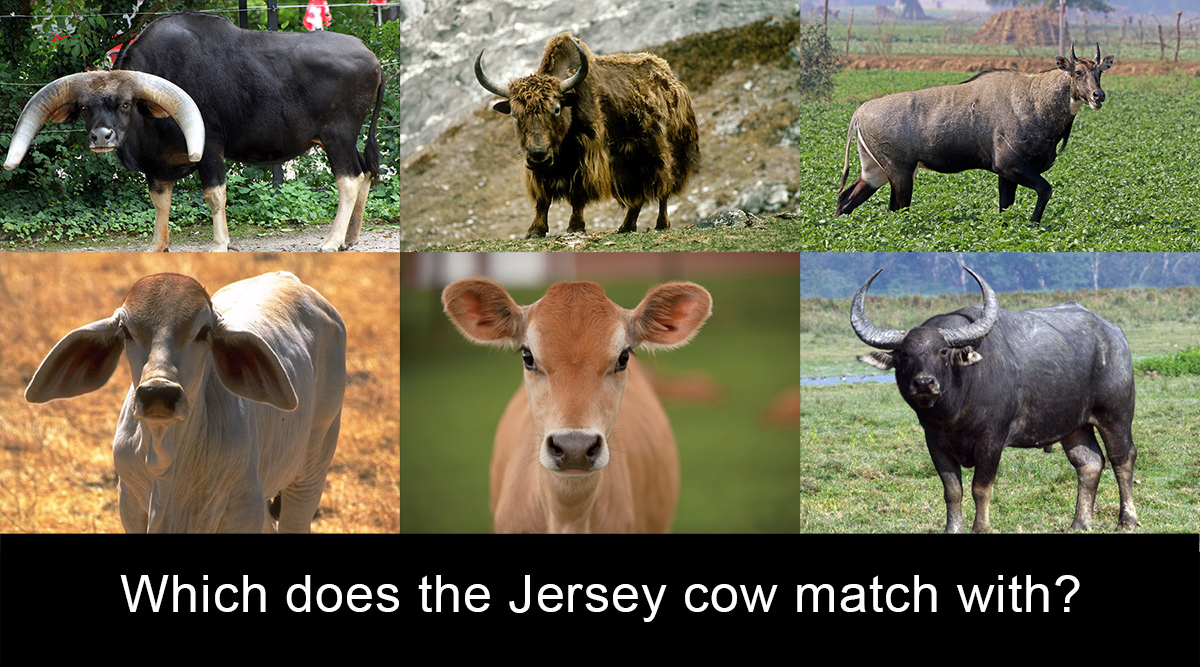
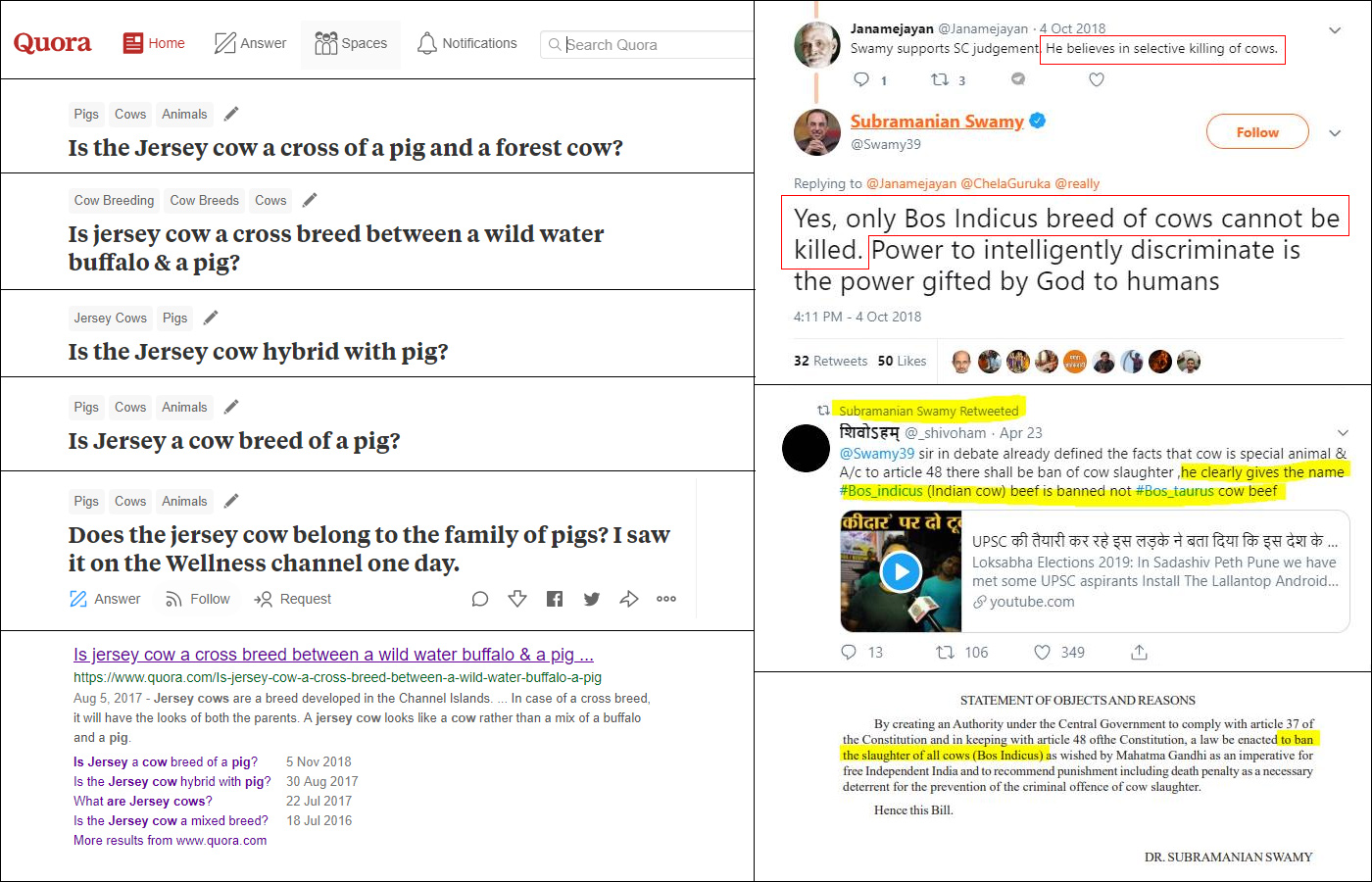
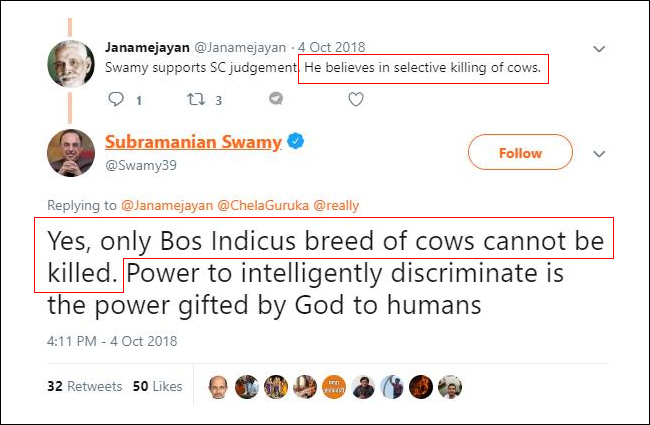
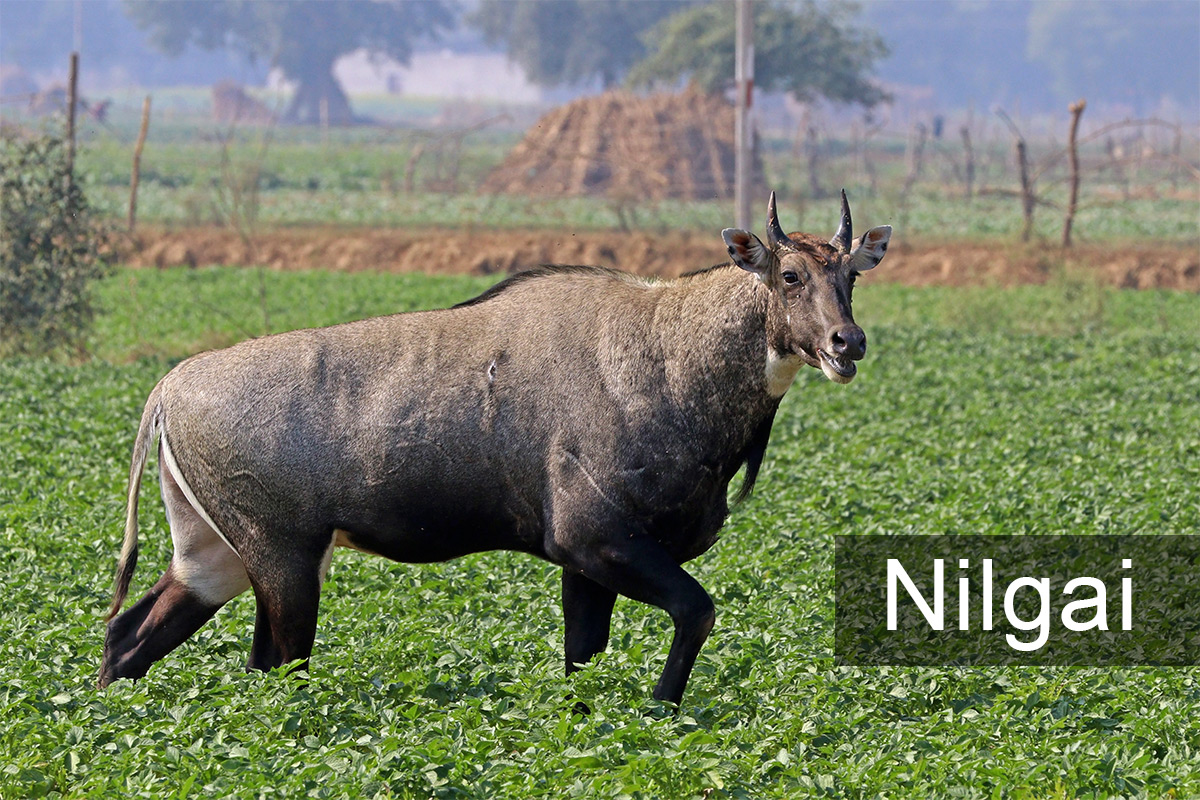
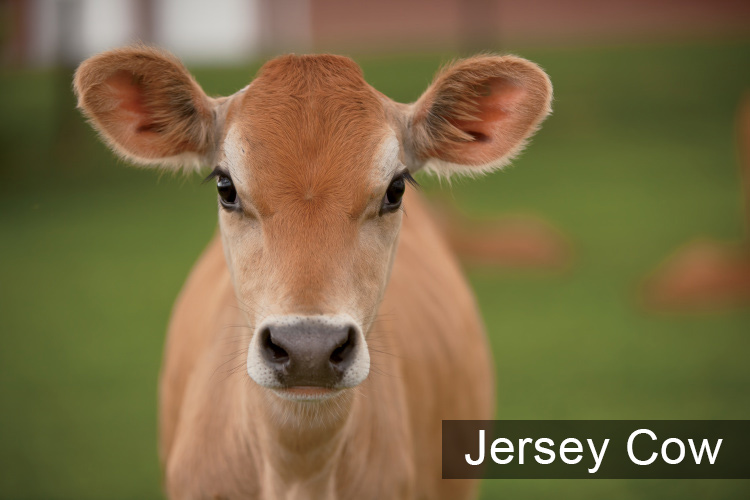
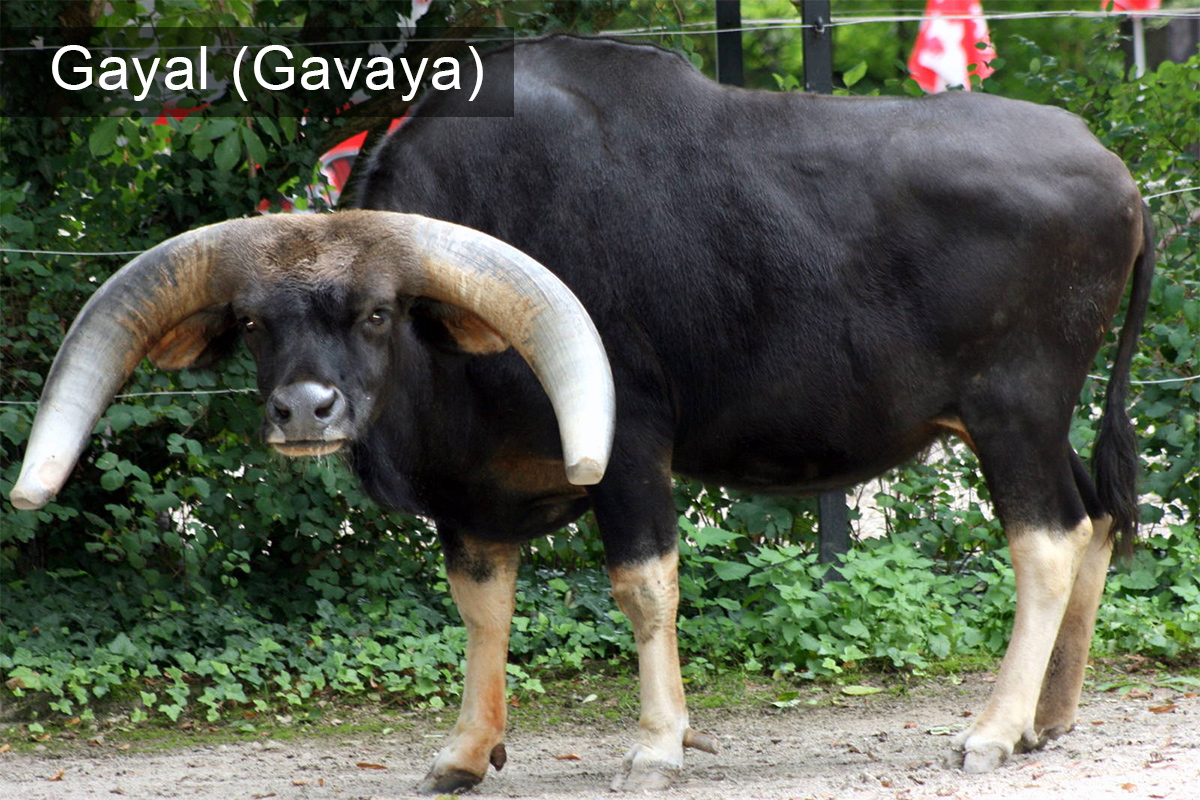
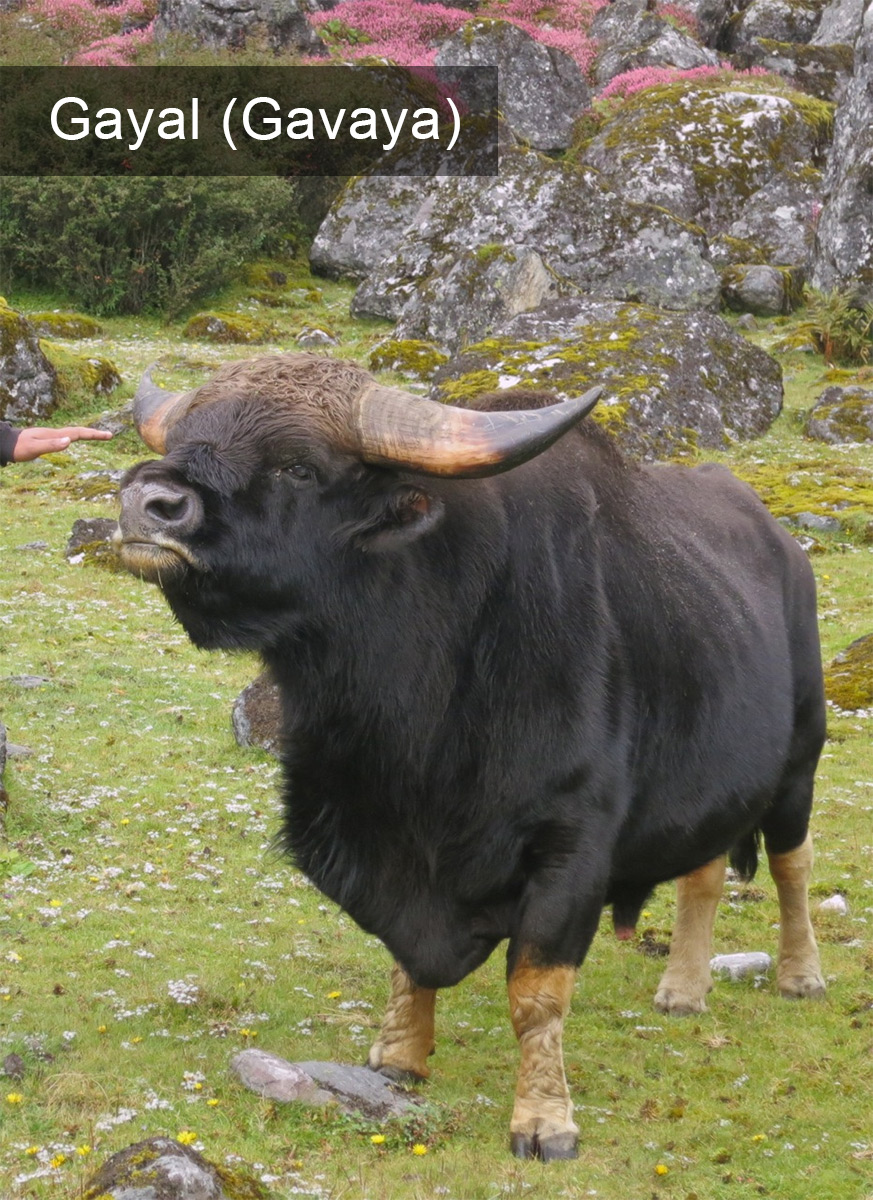
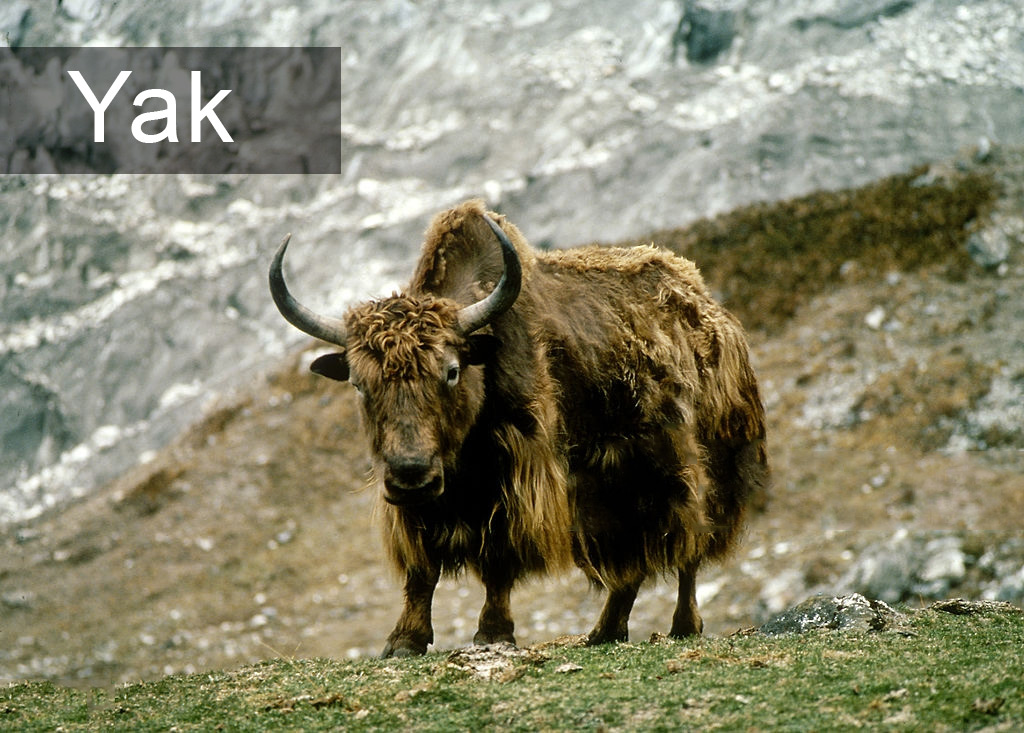
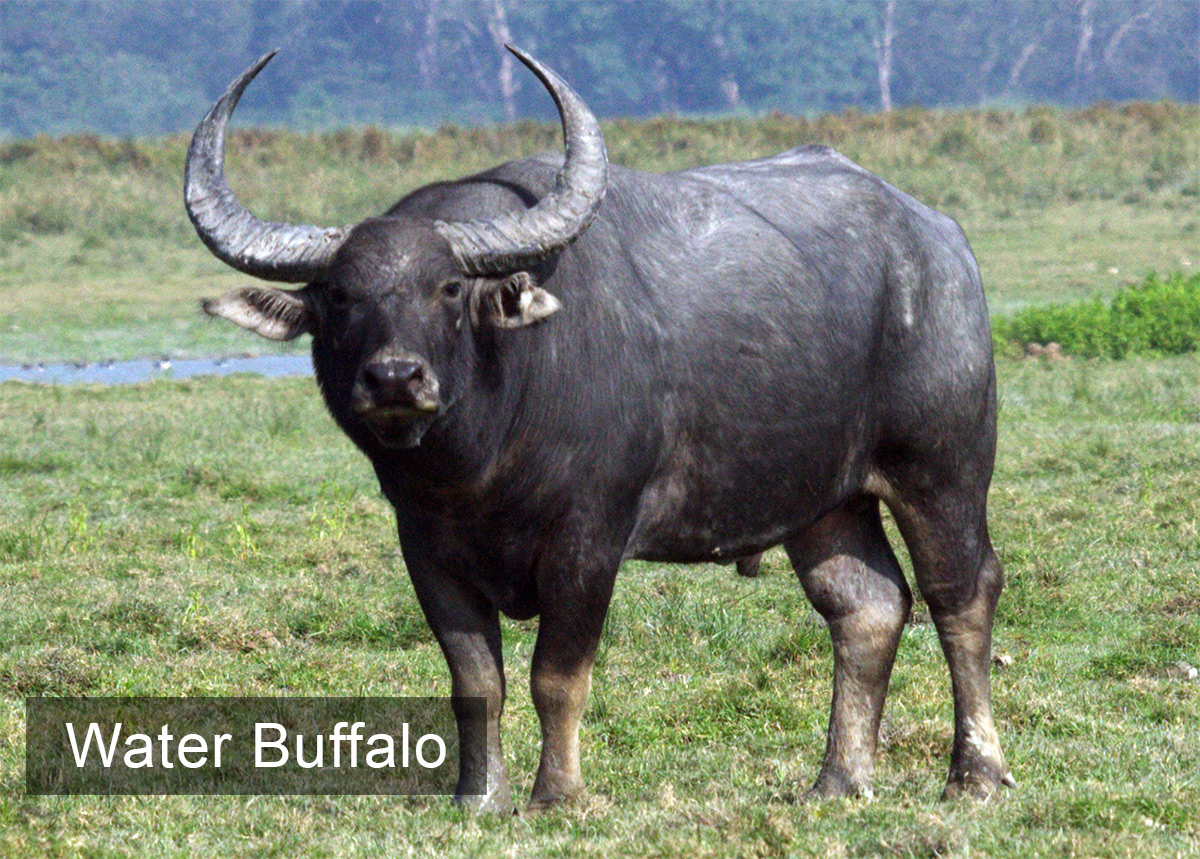
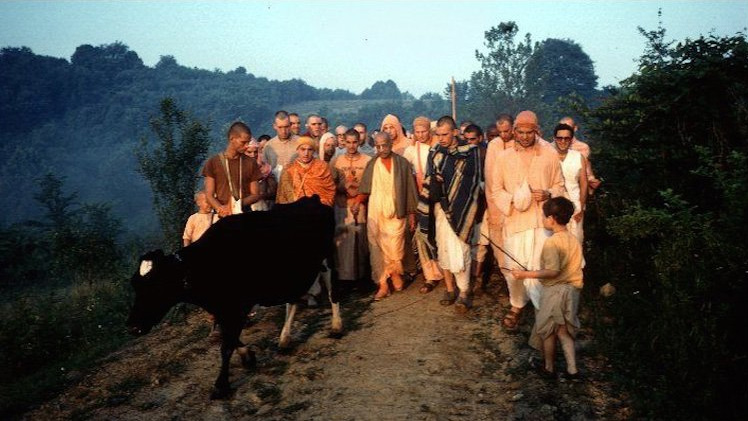

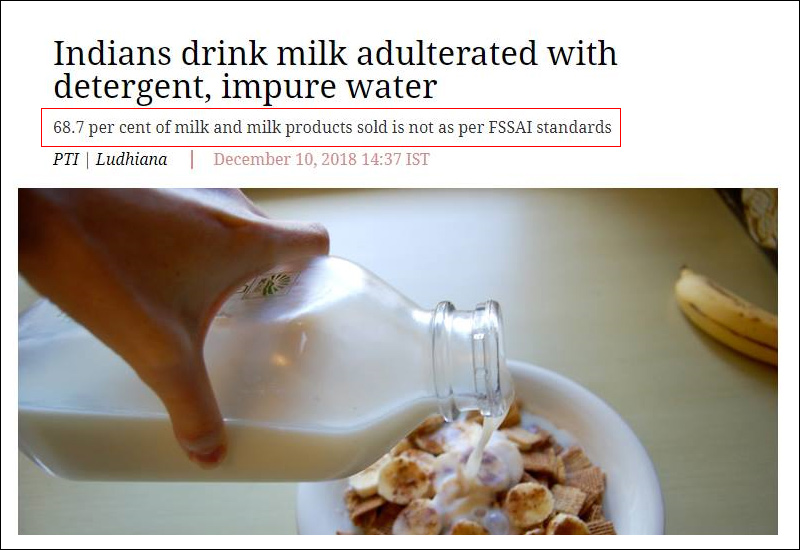

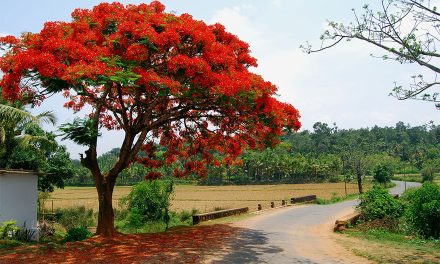









Truly, this is outrageous propaganda. The most outrageous propaganda I have ever read. Surely, Indians are more intelligent than this, with such an ancient and blessed culture of thousands of years!
Mr. Subaramanian Swamy, with all due respect, is sorely misinformed. There is no doubt in anyone’s mind that a jersey cow, or a holstein, or any other western cow, is indeed a cow. And should not be killed and eaten!
Srila Prabhupada accepted the jersey cow as a cow. Let us hear from the sages and acharyas, and Srila Prabhupada is the foremost Vedic authority in this age. His ISKCON is dedicated to spreading the glories of India, and certainly to the protection of all cows.
Whatever the “political motive” behind these ridiculous statements (that a jersey cow is equal to a pig or a type of buffalo) one thing is for certain.
If India passes a law like this, encouraging the murder of cows, Jersey or Indian cows, or any other cows, then India is doomed. No one can begin to calculate the sufferings that will come from this.
The child who knows better is usually punished more harshly than the ignorant child. And India is not the ignorant child. India knows better than to kill cows. Cows are sacred, Indian cows, western cows, and any other cows.
India, PLEASE WAKE UP! DO NOT MAKE THIS FATAL MISTAKE!
Yours in the service of Srila Prabhupada,
Govinda dasi
As far as genetics is considered either western or Indian they are all same. The idea of pigs being used in crossing with buffaloes is a figment of imagination of some ignorant people.
I am only sorry for their ignorance.
After the damage the British power did to the Hindu civilization, weakening our standards so much, that it made us vulnerable…
Then after WW2, we let the American culture stream in, letting it change and poison a lot of our values and ways.
This cow-nonsense seems to me like an excuse, to allow ourselves to consume beef, just like the Americans.
After all, USA is the greatest beef consumer of this planet.
And somewhere some one or some corporation will try to make big money out of that.
Thanks for the article hope this helps with the mission of cowprotection
This kind of misinterpretation of Shastra will serve well those who would like to go on abusing and killing our Mother.
This man is lost.He is a big disservice to Shrila Prabhupada teachings that came down from thousand of years to today’s devotees.How can this ignorant man say that there is a difference between the cows of one kind to the other kind..a cow is a cow whether it is of a different kind.If not we can differentiate between the different kind of Hindus.can we?Can we say that a Hindu from Bihar is different than a Hindu from Maharashtra or from Banaras,or from Ayodhiya or from Bombay or Chennai or a northern Indian or a southern Indian ?What a nonsense is this man talking about?All hindus are Hindus and so are all cows.This man is a disgrace to the Hindu society.Where are the sadhus,The sanyasis,the swamis,The devotees of Hare Krishna movement,the real followers of swami Prabhupada.Wake up you all and put this ignorant man in shame.If he is distinguishing among the cows then he will soon distinguish among the Hindus .Kick him out .He is no good.WAKE UP ISCKON DEVOTEES.
Subramanian Swamy’s might have said a few stupid things there, but the bulk of the article is an argument against an unnamed source presenting an untraceable argument, and it’s not so much about cows but the quality of research on ISKCON’s Shastric Advisory Committee. A devotee who misrepresents shastra in this way should probably be removed because who knows where else he might have compromised in SAC’s research. Thanks for catching this cow nonsense, but we can’t possibly check everything they do there, we explicitly trust the outcomes which means researches should be trusted, too.
Nature speaks clearly. If two animals mate and the female remains pregnant, then they belong to the same species.
Prabhupada made the point many times that all the praja, all creatures, not just humans, deserve to be protected by the head of state. They are all subjects of the state and deserve protection. In some cases when devotees were complaining about losses of crops to birds or other critters, Prabhupada told that one should accept something like a 20% loss as these creatures also deserve to eat. So where is the question of any creature being killed and eaten? The only allowance is for Ksatriyas to kill animals that cause trouble, and then that only for the purpose of Ksatriya training.
Hare Krishna. All glories to Srila Prabhupada. Pranams. Thank you Jahnava Nitai prabhu.
For political and economical reasons–his interest in selling India’s milk to the West (hope it’s not diluted with water and detergent), at 2:37:20 he cruelly says, “They can eat those cows if they want, they’re not Bos Indicus, so I’m not bothered.” When Srila Prabhupada said Western countries are suffering due to massive cow-slaughter, he’s speaking of all Western cows, those bred for dairy as well as bred for beef. He doesn’t make a distinction these are real cows and these are fake cows. “According to Manu, the great author of civic codes and religious principles, even the killer of an animal is to be considered a murderer because animal food is never meant for the civilized man, whose prime duty is to prepare himself for going back to Godhead. He says that in the act of killing an animal, there is a regular conspiracy by the party of sinners, and all of them are liable to be punished as murderers exactly like a party of conspirators who kill a human being combinedly. He who gives permission (Swamy), he who kills the animal, he who sells the slaughtered animal, he who cooks the animal, he who administers distribution of the foodstuff, and at last he who eats such cooked animal food are all murderers, and all of them are liable to be punished by the laws of nature. No one can create a living being despite all advancement of material science, and therefore no one has the right to kill a living being by one’s independent whims.” SB 1.7.37, purport. ISKCON should immediately disassociate from this fake. By heart we can understand that he’s not a genuine human, so no one should be bothered.
“
This is a very nice article by Jahnava Nitai das. However, he has fallen into the same trap as Satsvarupa das Gosvami, for example in his Prabhupada Lilamrta, wherein he omits to mention the names of specific devotees. In this more serious case being described herein, the Shastric Advisory Council devotee’s commentary is being analysed but we do not get to know who this author is. My question is, would it not be as beneficial to the devotee community as the intended purpose of the article content itself to let us know the name of this person, so that we can in the future be aware of what he has done here and thereupon take the necessary steps in either accepting or rejecting any further presentations of his? As it stands, although his work here is severely criticised, he himself remains anonymous and so to the broader readership, such as myself, free to continue to mislead, mistranslate, distort and misrepresent shastra, and all this whilst being in the highly regarded Shastric Advisory Council. Of course, if we ourselves are in such standing as to inherently know his identity, or if we are friendly with someone who does, we can find out, but say 1000 devotees read the article, I hazard a guess that perhaps only 15-20 of them will know his name.